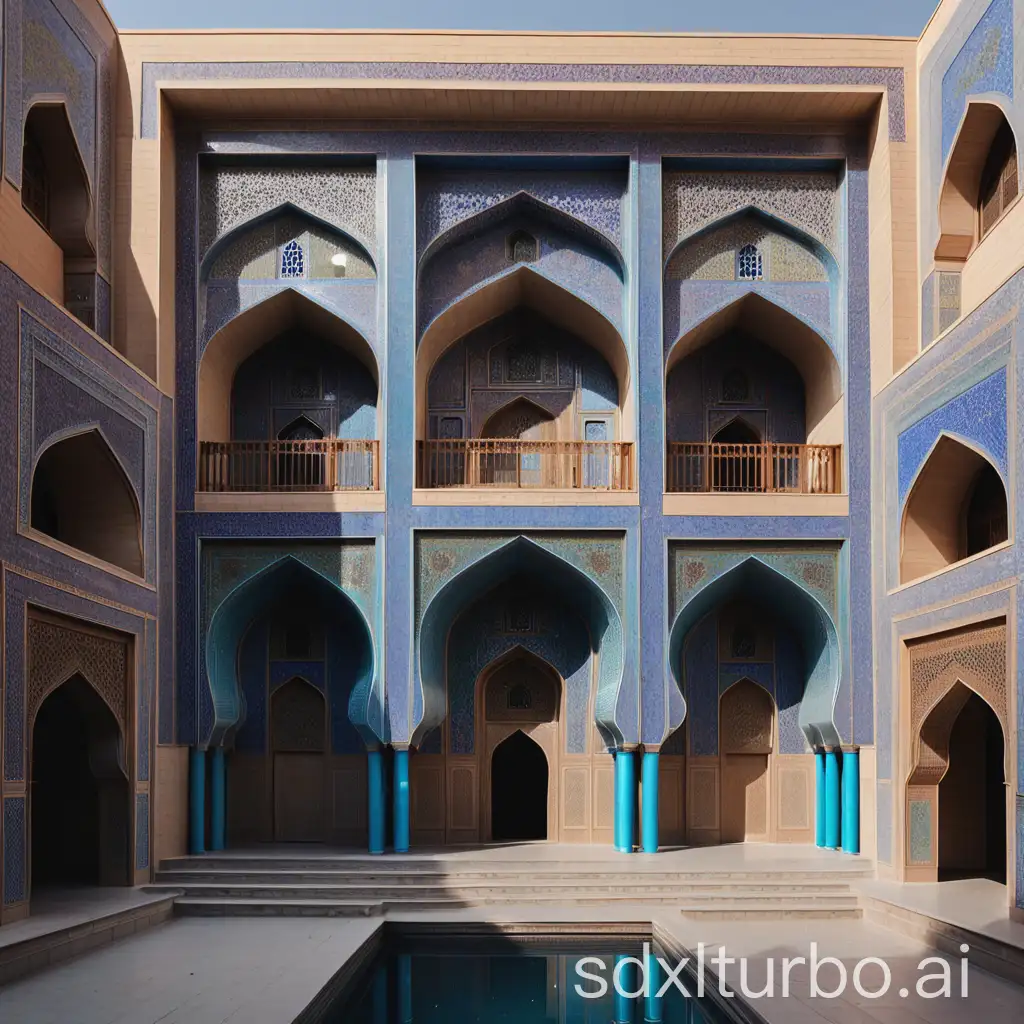Moonlit Ancient Village Eerie Decadence in Traditional Chinese Architecture

Image Prompt
Prompt
夜晚,一个偏远村庄的陈旧小区,一幢破败的建筑|在一个寂静的夜晚,深沉的黑暗中,一栋破旧的楼房矗立在偏远的村庄里,要求中国风。
Choose Model: visiCanvas
Aspect Ratio: 16:10
Generated by Stable Diffusion SDXL
Related AI Images









Prompt Analyze
- Subject: The image centers around an old residential area in a remote Chinese village, where a dilapidated building stands as a testament to the passage of time. The building, once a symbol of grandeur and prosperity, now lies in disrepair, its walls crumbling and paint peeling away to reveal the ancient bricks beneath. Setting: The scene unfolds at night, under the soft glow of the moon, casting long, eerie shadows that dance across the village's narrow, winding streets. The surrounding buildings, also steeped in history, are shrouded in darkness, their stories untold. The atmosphere is serene yet hauntingly silent, with only the occasional rustle of leaves or distant hoot of an owl to break the stillness. Background: The backdrop of the image is rich with the essence of traditional Chinese architecture, characterized by ornate wood carvings, sloping roofs, and intricate lattice windows. The play of light and shadow accentuates the intricate details of the building's design, hinting at the cultural and historical significance of the structure. Style: The style of the image is a blend of realism and surrealism. The realistic portrayal of the decrepit building is juxtaposed with the surreal ambiance created by the moonlight and the surrounding darkness, evoking a sense of mystery and nostalgia. The image is intended to capture the duality of decay and enduring beauty, a reminder of the transient nature of all things. Coloring: The color palette is dominated by muted, earthy tones, with the soft silver of the moonlight providing a stark contrast to the deep shadows. The remnants of vibrant colors on the building's facade add a touch of melancholy, a visual representation of the fading glory of the past. Action/Items: The image does not feature any human figures, focusing instead on the building itself and the atmosphere it creates. However, the viewer is invited to imagine the stories and lives that once filled this space, and to contemplate the impermanence of human achievements. Costume/Appearance: Although there are no characters in the image, the building itself could be seen as a costume, a garment of time worn and weathered. Its appearance, with its peeling paint and crumbling bricks, tells a story of its own, a narrative of a bygone era. Accessories: The image could be complemented by traditional Chinese accessories such as red lanterns hanging from the eaves, or a weathered wooden sign with faded calligraphy, further enhancing the cultural and historical context of the scene.